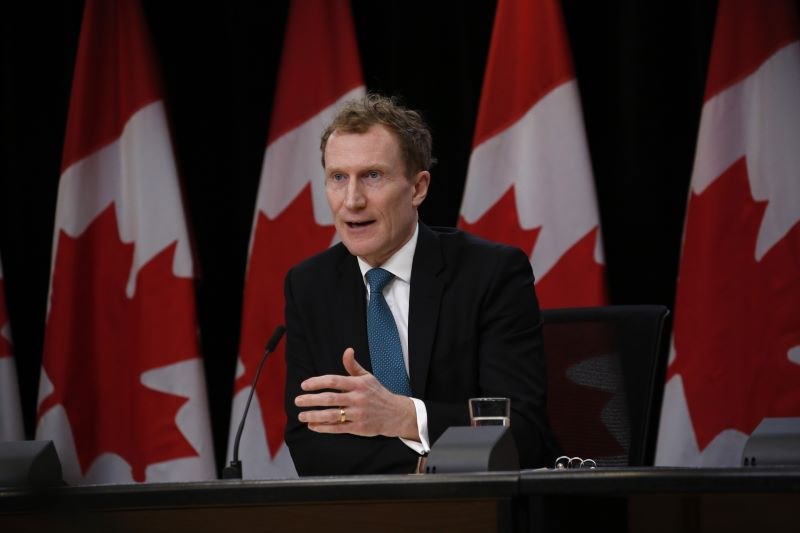Economy
Canada Plans to Reduce Temporary Residents by 20% Over Three Years
In response to escalating housing shortages exacerbated by a surge in immigration, Canada is implementing measures to scale back the influx of temporary residents. The decision represents a noteworthy departure from the nation’s previous immigration policies. For years, immigration has been a primary engine for economic growth, but this move suggests a different approach.
Setting Targets for Temporary Resident Arrivals
Immigration Minister Marc Miller announced the government’s plan to set a target for temporary resident arrivals for the first time this year. The goal is to reduce the number of temporary residents by approximately 20% over the next three years. Currently, there are over 2.5 million temporary residents in Canada, comprising 6.2% of the population. The government aims to decrease this figure to 5%, or about 2 million individuals, in order to achieve what Miller describes as an “optimal volume” of temporary residents.
“Miller’s plan to reduce temporary resident arrivals by 20% aims for optimal population balance in Canada,” according to The Washington Post.
Addressing Challenges Amidst Population Growth
The decision to curtail the influx of temporary residents comes amidst growing concerns over housing shortages, strained infrastructure, and rising rents. Immigration has become a key component of Prime Minister Justin Trudeau’s economic agenda. It is designed to mitigate the effects of an aging population and declining birth rates on the country’s economy. However, the rapid growth in population has also presented challenges that we need to address.
Striking a Balance
Canada is implementing measures to improve oversight of immigration levels by establishing targets for temporary resident arrivals. This is especially crucial concerning foreign workers, international students, and asylum claimants. By synchronizing immigration planning with community capacity and labor market demands, the government aims to facilitate more predictable population growth.
Challenges and Criticisms
However, the shift in immigration policy is not without its critics. Some argue that reducing the influx of temporary residents could have adverse effects on sectors reliant on foreign labor, such as agriculture and hospitality. Additionally, people have raised concerns about how the potential impact on Canada’s reputation as a welcoming and inclusive nation.
Commitment to Sustainable Growth
Nevertheless, Immigration Minister Marc Miller remains committed to striking a balance between economic needs and maintaining an orderly immigration system. He emphasized the importance of addressing housing shortages and preserving public support for immigration policies. Amidst these challenges, Canada is adopting a proactive stance, with the government taking actions to manage immigration effectively. This approach aims to ensure sustainable growth for the nation in the years ahead.
Subscribe now for a two-year WSJ Print Edition, plus digital access on iPhone, Android, and PC. Stay informed on finance, politics, and more. Sign up today and save up to 70%.
For more information, please contact the following telephone number:
WSJ Phone Number: (800) 581-3716

